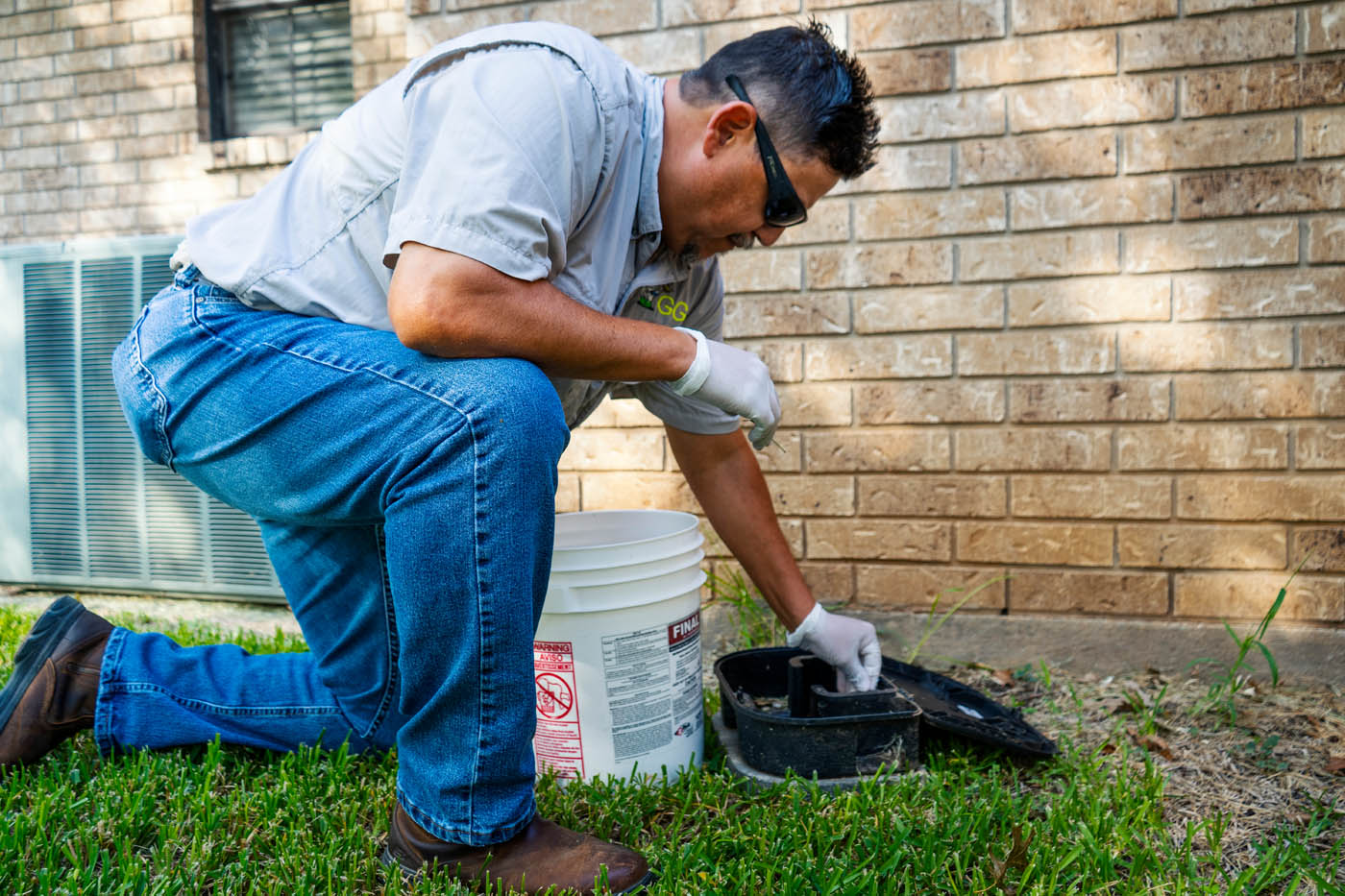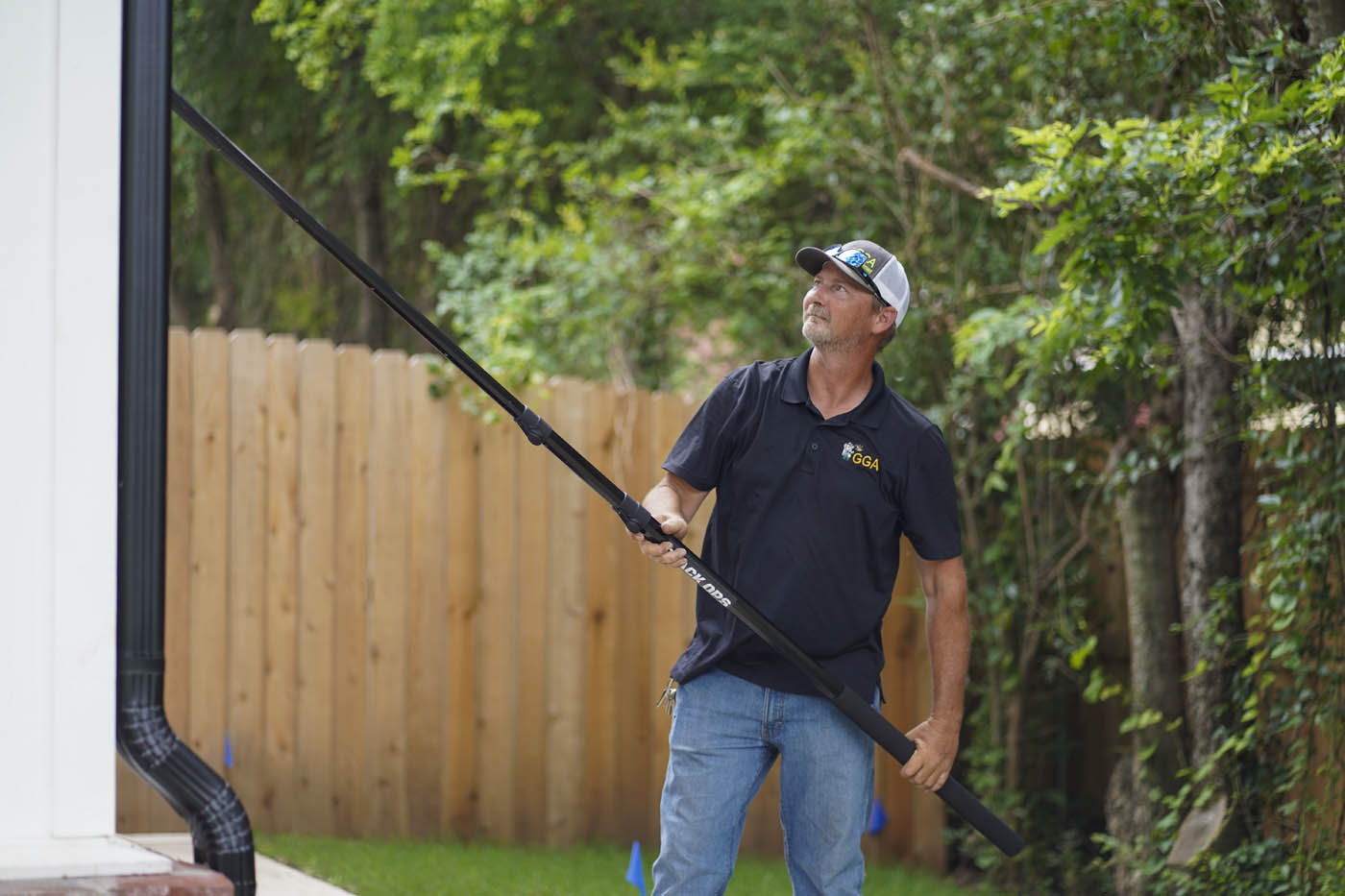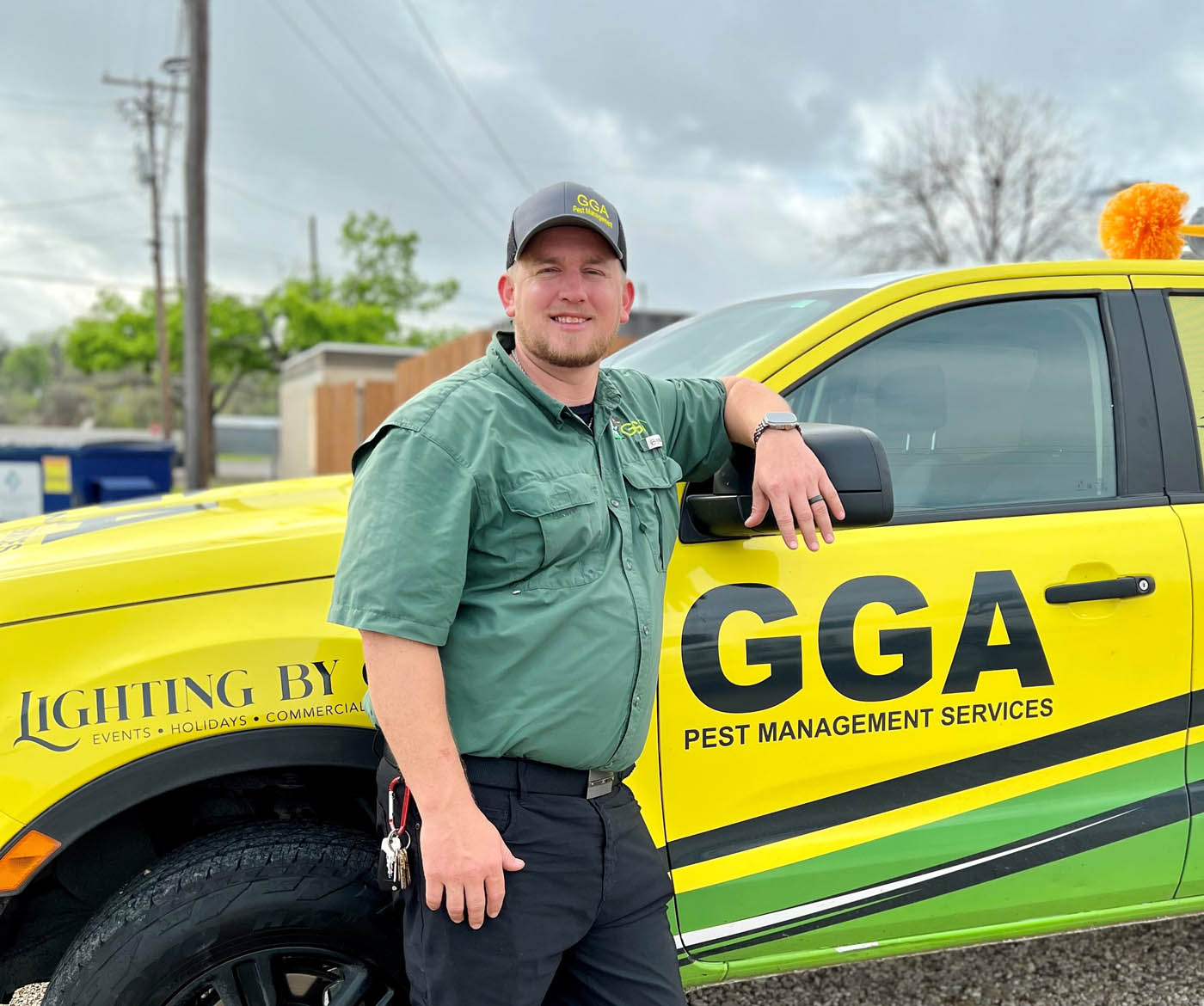What makes wasps be such jerks?
What makes wasps be such jerks? Who knew that just like humans, bad behavior of wasps turns out to be family related? Wasps are very village family oriented, doing their work on a daily basis for the good of the group instead of the good of just one. Every year hornets and yellow jackets will remake their home and colonies. With the spring time comes a newly crowned queen who builds the colony from the ground up, teaching her offspring how to help. Sometimes these colonies can house up to 1000 worker wasps. The offspring of the queen, or larvae, appear and get very angry during the summer because they are growing through the toddlerhood and adolescence phase of their lives and are hungry. These young soon to be full grown wasps need protein to continue to grow. They obtain this necessary protein from family deliveries of small insects. Yellow jackets are scavengers who search for these insects to feed their sibling spawn. By the middle of the summer, humans tend to be on the lookout for these nests and colonies, yellow jacket have a tendency to create them in the walls of our homes creating a major problem. Throughout the season of summer into fall, the worker hornets and wasps grow to be very tired of delivering food to their larvae and queen. Because of all of that work, and the annoyance of humans trying to destroy their homes, but the end of the season they are rightfully grumpy and tend to sting. To read more on Yellow Jacket Wasps and bald face hornets, click here





